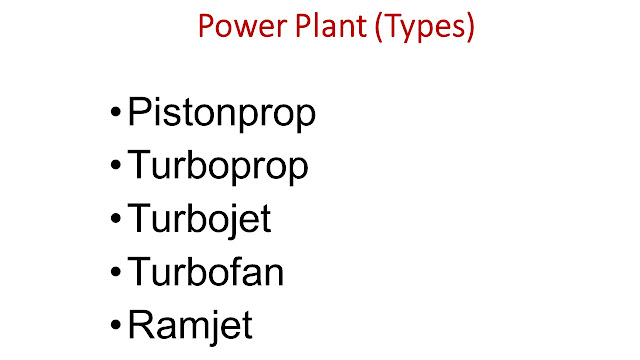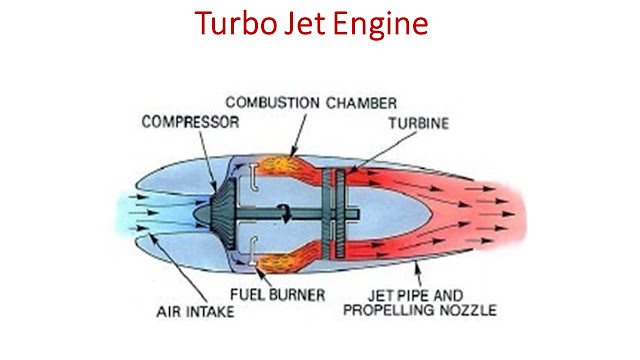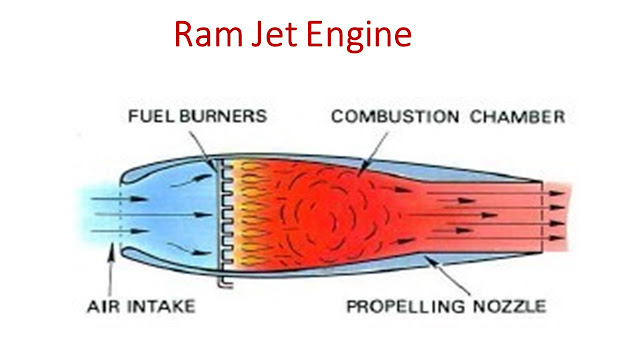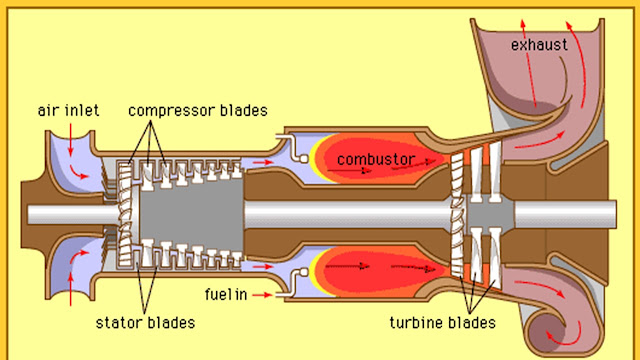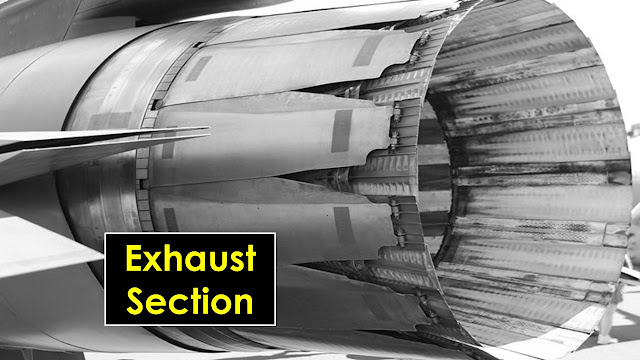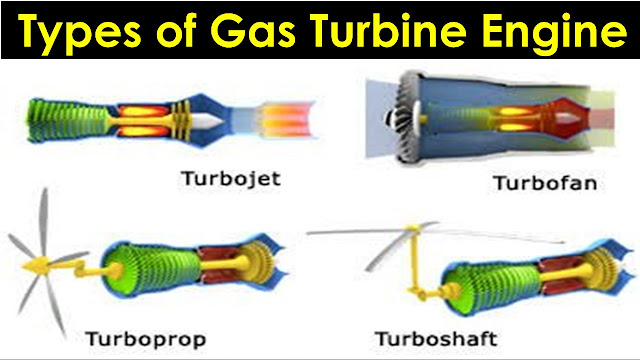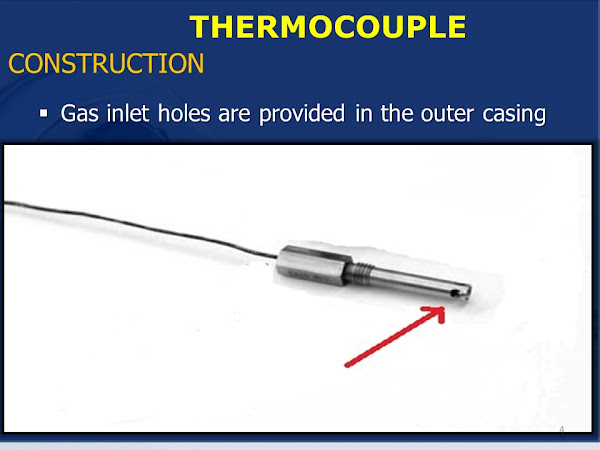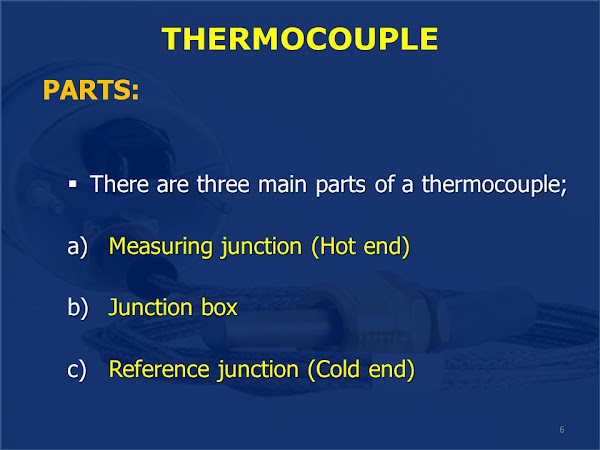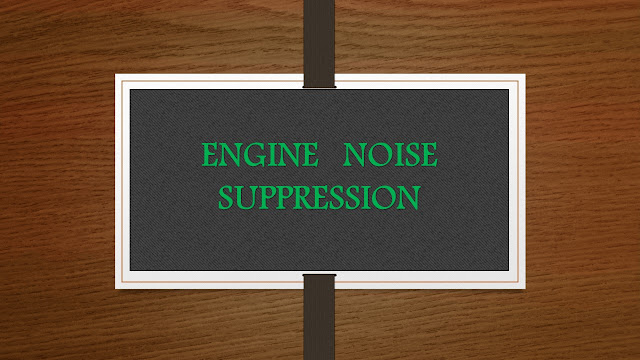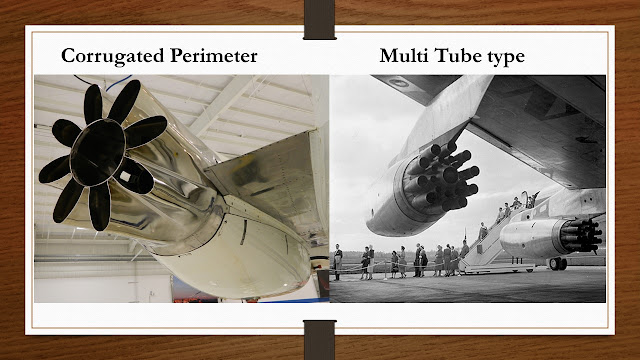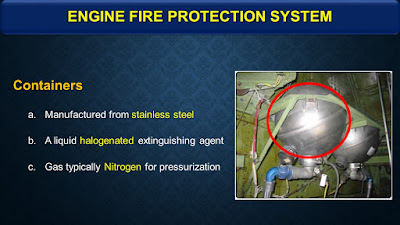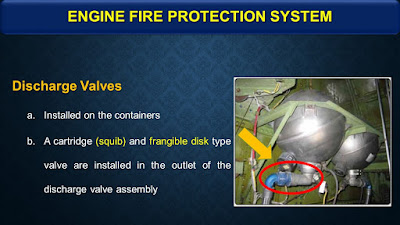Turboprop Engine — Basic Idea
Free-turbine, Reverse-flow
A turboprop engine is a jet engine that drives a propeller. It uses gas turbine power to turn a propeller through a gearbox, providing efficient thrust at lower speeds (usually below Mach 0.6).
⚙️ 2. Free-Turbine Design This describes how the turbine sections are connected inside the engine.
🔹 In a free-turbine engine:
There are two turbine sections:
- Gas generator turbine (N₁): drives the compressor.
- Power turbine (N₂): drives the propeller through a reduction gearbox.
These two turbines are not mechanically connected — only linked by airflow (the hot gases leaving N₁ drive N₂). ⚙️ Benefits:
- Easier starting (since propeller doesn’t turn until engine is stabilized)
- Smooth operation and better control
- Quieter and more efficient at low speeds
Examples:
- Pratt & Whitney PT6A
- Allison 250-B17
🔄 3. Reverse-Flow Design
This describes the direction of airflow inside the engine.
🔹 In a reverse-flow turboprop:
Air enters from the rear of the engine.It flows forward through the compressor, combustion chamber, and turbine — but in a U-shaped path, the exhaust gases exit backward again.⚙️ Why “reverse-flow”?
Because the air changes direction inside the engine instead of flowing straight through front-to-back.
Advantages of reverse-flow:
- Compact size (engine is shorter)
- Easier installation (especially for small aircraft)
- Better protection from debris or foreign objects (FOD)
A free-turbine, reverse-flow turboprop engine therefore means:
🔸 The power turbine (N₂) is not mechanically connected to the compressor turbine (N₁).
🔸 The airflow inside the engine reverses direction, making the engine compact and efficient.Example: Pratt & Whitney Canada PT6A
Classic free-turbine, reverse-flow turboprop Air enters from the rear, reverses direction inside
Drives propeller via reduction gearbox Used in aircraft like the King Air, PC-12, Caravan
Summary Table
Feature Description Advantage
Free-Turbine Power turbine separate from gas generator Easier starting, smoother running
Reverse-Flow Airflow direction turns inside engine Compact, efficient, easy installation







